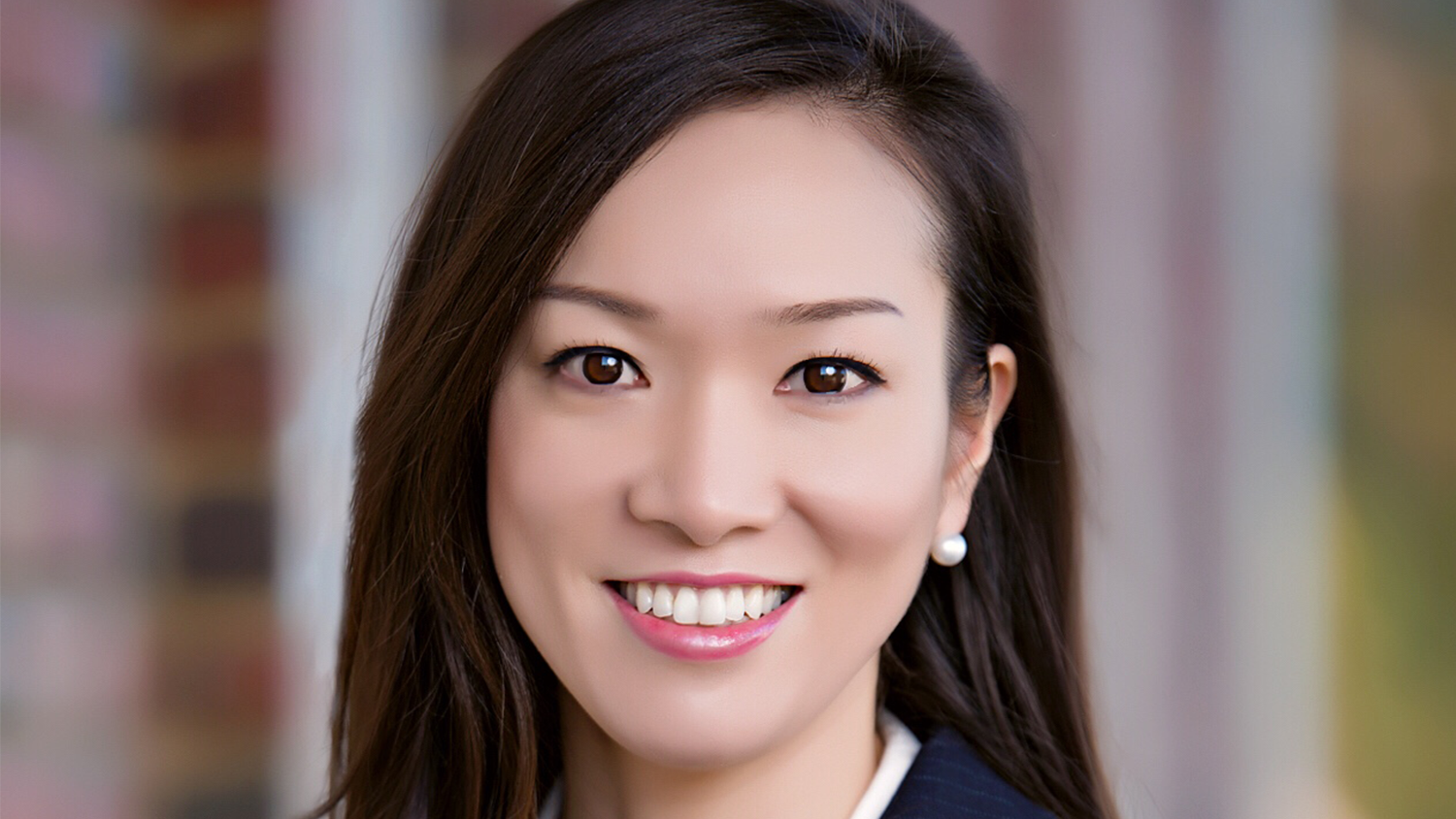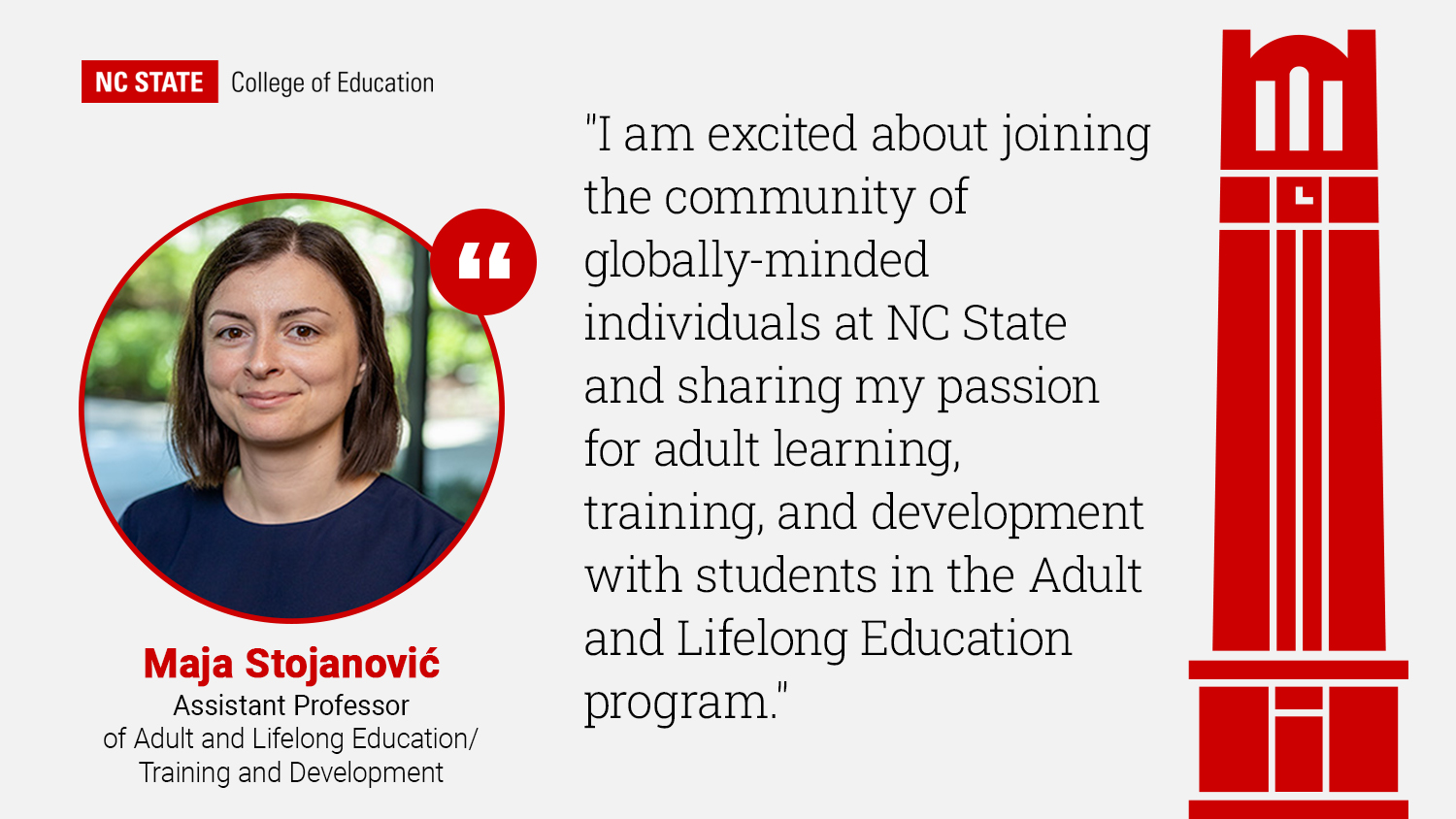Assistant Professor Erin Krupa Hopes to Help Students Better Understand Geometry Through $450,000 NSF Grant

Erin Krupa, Ph.D., was attending a conference several years ago when she heard Harvard Professor Jon Star offhandedly say that he had not found a way to apply his research in contrasting cases to geometry. That night, Krupa went back to her hotel room and began sketching out ideas.
Krupa, now an assistant professor of mathematics education at the NC State College of Education, developed some materials to pilot the use of contrasting cases in geometry in Orange, New Jersey. A recent three-year, $450,000 NSF grant will allow her to take that research one step further.
In her project, “Using Animated Contrasting Cases to Improve Procedural and Conceptual Knowledge in Geometry,” Krupa and co-PI Star will develop animated, digital materials intended to highlight different geometric features and potentially help students better understand the theory behind the mathematics concepts they are learning.
“I do think that there’s something innately visual about geometry, and when you see a 3D object in 2D, you don’t come to the same understandings as if you actually see the 3D object. So, hopefully the animations will highlight some of those features,” Krupa said.
The animations will compliment the utilization of contrasting cases — a theory that assumes that if two things are compared and contrasted, a person will learn more about both.
Through the use of four different contrasting case types, students choose between two strategies to find the best way to solve a problem, determine how two strategies differ, choose between a correct and incorrect strategy or determine why a strategy works.
“It really does highlight some of the students’ common misconceptions so they can see why it’s a misconception instead of an accurate portrayal,” Krupa said. “I think students will critique what they’re thinking more and, through the comparisons, they’ll have to really understand the mechanisms behind the math. So, hopefully that will deepen their knowledge and allow them to remember the math they are learning.”
During the first year of the three-year grant, Krupa and Star will pilot paper-based materials in at least four Johnston County Public Schools middle school classrooms. Once those materials are digitized, they will be expanded to at least eight middle school classrooms in the district.
Krupa said the goal, if the project is successful in helping students develop a better understanding of geometry, is to make the animated materials available online for mathematics teachers nationwide. She also believes the success of the project could lead to the eventual development of similar materials for other subjects and grade levels.
“I think that if we could show that [animated materials] work in geometry, then we could go up through high school and maybe back down through elementary school,” she said. “If the contrasting cases approach works, then you’re also talking about creating materials for different subjects beyond geometry.”
- Categories:


